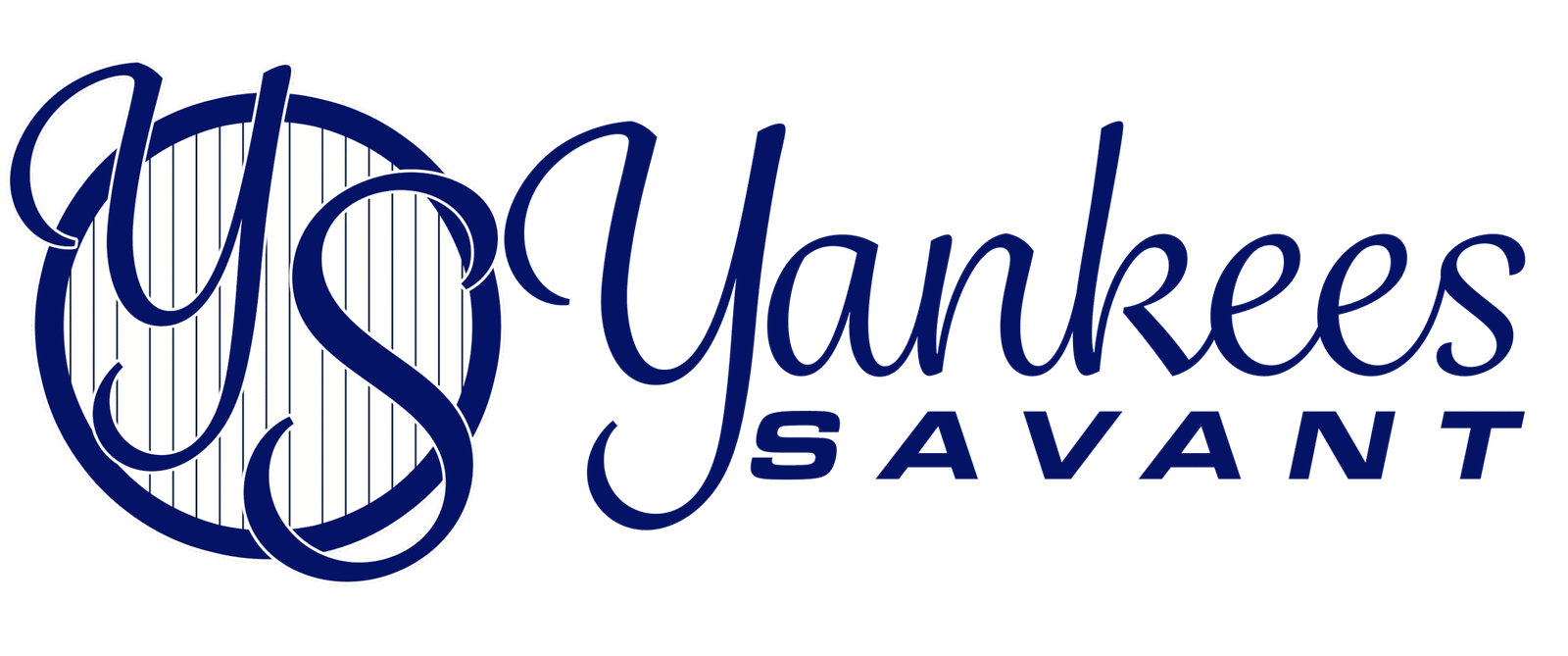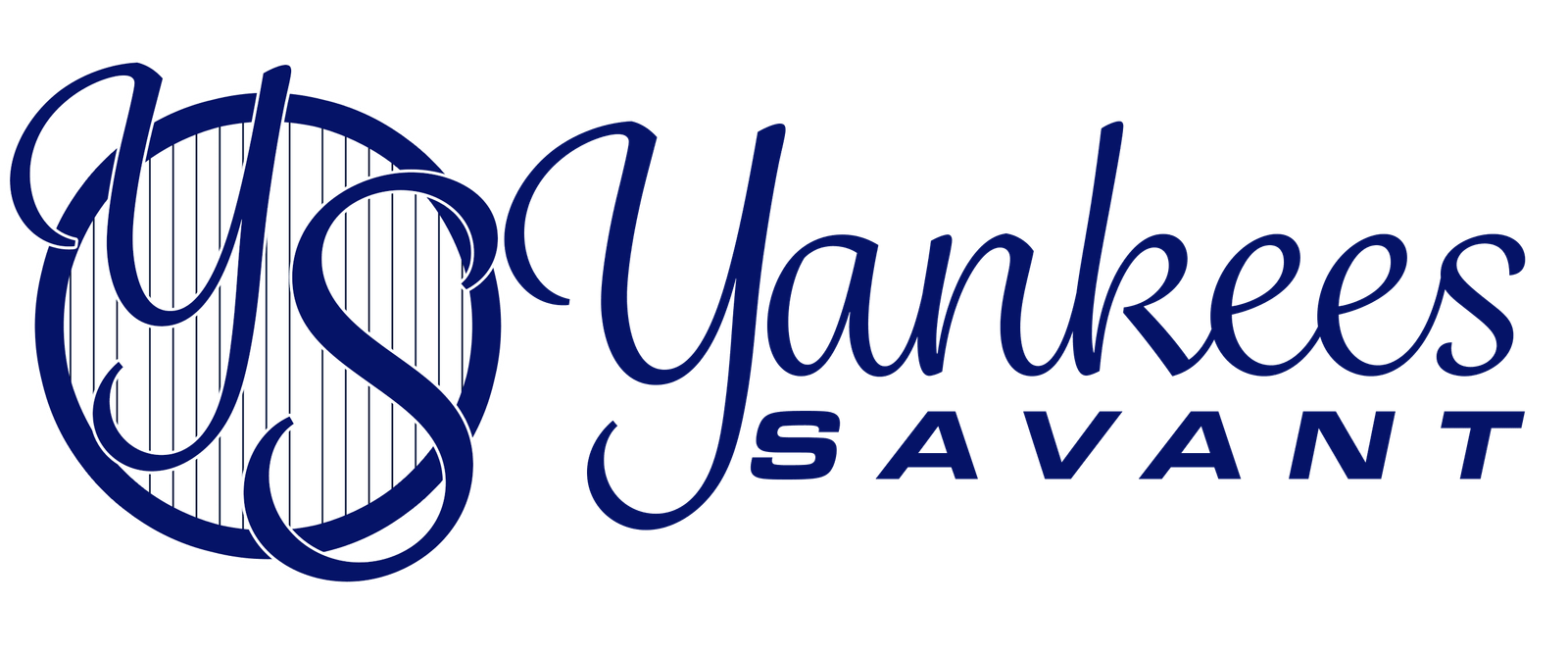The New York Yankees found themselves in dire need of stability at third base, leading to the acquisition of All-Star Ryan McMahon from the Colorado Rockies. After the decline and departure of Josh Donaldson, the Yankees have struggled to get consistent production from the hot corner. They’ve tried a revolving cast of players from veterans like DJ LeMahieu to youngsters like Oswald Peraza. Neither solidified the position as the overall output from Yankees third basemen has been well below league-average for years now.
McMahon, a 30-year-old left-handed hitter, addresses several of the Yankees’ needs at third base. The Yankees’ Plan A at one point was reportedly Eugenio Suárez, a veteran slugger (and 2-time All-Star) playing for Arizona, who was known for his power. However, Suarez is a right-handed hitter and was considered a rental or short-term fix as he is set to become a free agent after the season. McMahon emerged as the top backup plan as the Yankees determined the asking price of trading for Suárez was too much for their liking. When comparing the two, McMahon and Suárez have some similarities: both are power hitters prone to strikeouts. Suárez might have a longer track record of 30+ homer seasons, but McMahon is the superior defender by far. McMahon’s contract is affordable through 2027 and could look like a bargain if he gives the Yankees 3+ WAR each year. The front office clearly believes he’ll be worth it.
One of the primary appeals of Ryan McMahon is his left-handed power bat, which should play up at Yankee Stadium. The Yankees have long coveted lefty sluggers due to the famous short porch in right field, and McMahon fits that mold. McMahon has hit 20 or more home runs in four straight seasons and is on pace to do so again in 2025. Even in a down year at the plate, he had 16 homers by late July 2025. Power is clearly his calling card, as he’s a feast-or-famine hitter with genuine pop. By adding McMahon, the Yankees inject some much-needed home run potential into a third base group that, to this point, has lacked punch (Yankees third basemen had combined for only a handful of homers and a sub-.700 OPS). In comparison, McMahon’s home run totals and slugging ability represent an upgrade.
McMahon’s isolated power (ISO) has consistently been healthy, usually in the .180-.220 range. In 2022 he hit 23 HR with a .420 slugging; in 2023, 23 HR with .419 SLG; in 2024, 20 HR with .422 SLG. These figures are skewed a bit by Coors Field, but he’s demonstrated that he can reach the seats in any ballpark. Many of McMahon’s homers are no-doubters thanks to his high exit velocity. In 2025, his Barrel rate (the percentage of batted balls that are the most optimal combinations of exit velocity and launch angle, typically resulting in extra-base hits) is around 12–13%, roughly double the MLB average. That places him in the upper echelon for power metrics. It’s evidence that when McMahon makes flush contact, he drives the ball with the kind of force expected from a middle-of-the-order bat.
Beyond the raw power, McMahon also brings a measure of patience at the plate. He is known for working counts and drawing walks at an above-average rate. McMahon’s walk rate has improved over time, reaching a career-high in 2025. Through mid-season, he was walking in nearly 15% of his plate appearances, well above the MLB average (~8%), which helped buoy his on-base percentage to league-average despite a batting average in the low .220s. His strikeout rate remains high, but the willingness to take walks means McMahon isn’t an “empty” low-average hitter, he does provide some OBP value. For context, his wRC+ in 2025 was hovering around the low 90s (slightly below average), but that includes the depressed road numbers. In the first half of 2024, when he had a hot stretch, McMahon’s wRC+ was closer to 110. Thus, he has shown the ability to be an above-average run creator for stretches when his BABIP (batting average on balls in play) normalizes.
We also should note that Yankees as a team prioritize long at-bats; McMahon aligns with that philosophy by typically seeing a lot of pitches and not being overly aggressive early in counts. Overall, ESPN noted McMahon has “above-average power and patience” as a hitter. This plate discipline is significant for the Yankees, who value hitters that can grind out at-bats. McMahon’s ability to see pitches could lengthen the lineup and create more scoring opportunities via walks. His career on-base percentage is .323, roughly league-average, but in his better stretches he has shown OBPs in the .340-.350 range, indicating the potential to be a tough out when he’s seeing the ball well.
Sabermetrics further highlight McMahon’s upside. When he makes contact, he tends to hit the ball extremely hard. In 2025, McMahon’s average exit velocity is about 94.0 mph, placing him in the 98th percentile of MLB. In other words, only a handful of hitters hit the ball harder than he does on average. His Hard-Hit rate (the percentage of batted balls at 95+ mph) is around 50% (87th percentile), indicating that half the time he puts the ball in play, it’s struck with authority. These Statcast metrics are elite and suggest that McMahon’s mediocre batting average belies the quality of his contact. In fact, his expected weighted On-Base Average (xwOBA), a Statcast metric that estimates a player’s offensive output based on quality of contact, was .354 in mid-2025, significantly higher than his actual wOBA.
This implies that, given his exit velocities and launch angles, McMahon should be hitting for better results than he has, perhaps due to some bad luck or the Rockies’ overall lineup struggles. For the analytically inclined Yankees, these underlying metrics are encouraging: McMahon hits the ball hard enough to do damage. It’s also worth noting as well that McMahon’s power isn’t solely pull-side; he has the strength to drive the ball out to center and left-center, though clearly Yankee Stadium’s right-field will be his friend.
Just as important, McMahon greatly improves the Yankees infield defense. New York’s defense at third has been suspect at times, prompting the team to seek a long-term solution who can shore up the hot corner. McMahon brings impressive defensive credentials, widely regarded as a plus defender at third base. Beyond the eye test and accolades, McMahon’s defense shines in advanced metrics. Defensive Runs Saved (DRS) and Ultimate Zone Rating (UZR) have rated him positively at third base each year since he took over for Nolan Arenado in Colorado. As of the All-Star break 2025, McMahon had +6 DRS, which put him among NL leaders at third. His career UZR/150 at third base is also above +5, indicating strong range and few mistakes. McMahon ranks in the 91st percentile for Outs Above Average (OAA) in 2025, meaning he’s among the elite in fielding range and conversion of difficult plays.
For five straight seasons (2019–2023), he has posted positive defensive WAR or defensive runs saved values, reflecting consistent above-average glovework. McMahon’s arm strength is solid (he was a high school pitcher and can throw mid-90s across the diamond), and he excels at charging slow rollers and making off-balance throws, which are key skills for third base at Yankee Stadium, where the infield grass is quick. He’s even been a Gold Glove Award finalist at third base three years in a row (2021–2023), underscoring his reputation as a top-tier defender.
In practical terms, McMahon’s sure hands and strong arm would “extremely stabilize the left side of [the Yankees] infield,” as a MLB scout noted. This is a critical factor for New York, which has seen its infield defense cost them in key moments. By acquiring McMahon, the Yankees plug in a glove-first third baseman to solidify their defense and reduce the pressure on shortstop Anthony Volpe and others. The bottom line is that McMahon immediately becomes the Yankees’ best defensive infielder, and his glove should save the pitching staff some runs in the second half of the season.
Consistency and durability are other reasons McMahon is appealing. He has been a regular for Colorado, appearing in 150+ games in multiple seasons. The Yankees have been forced to mix and match at third base due to injuries and underperformance; McMahon will hopefully be a steady everyday presence. He was an All-Star in 2024, selected by his peers and coaches, indicating the respect he’s earned for his all-around contributions. In that 2024 season (his career-best year), McMahon hit .242 with 20 homers, 28 doubles, 65 RBIs, and compiled a 4.0 WAR. While those aren’t superstar numbers, they reflect a solid, above-average player. The Yankees would gladly take that kind of production given their recent third base void.
In summary, McMahon offers the Yankees a combination of power and defense at third base. He profiles as a player who can slug 25 homers, take his walks, and save runs with his glove. Given the Yankees’ former third base situation, he represents a substantial upgrade. As the aforementioned scout put it, “He’ll be playing more meaningful games [in New York]. He’s a Gold Glove defender at third base, really, really good… with the short porch in New York…I think he could flourish there”. That encapsulates why the Yankees made the deal. McMahon checks a lot of boxes for a contender in need of infield help. In conclusion, Ryan McMahon presents a compelling case as to why he is the guy to solve the Yankees’ third base problem. McMahon is not a slam-dunk star acquisition, but rather a calculated upgrade. Analytics back up his strengths, from exit velocity to advanced fielding metrics, suggesting that he could thrive in Yankee Stadium’s environment. Compared to the Yankees’ internal options and other trade candidates, McMahon stacks up favorably as a multi-year solution at a reasonable cost, giving the Yankees stability at third base that they lacked.



No responses yet